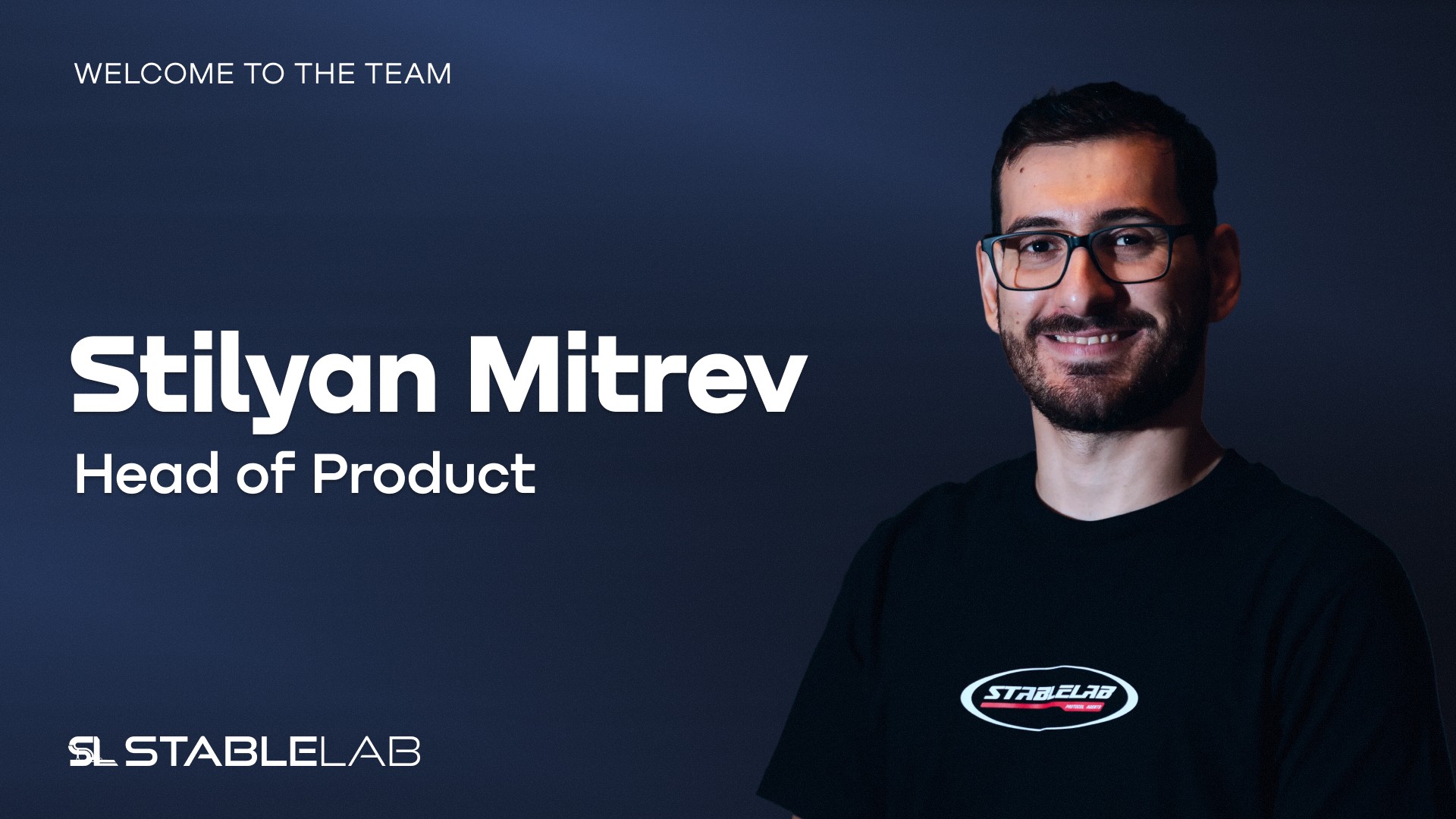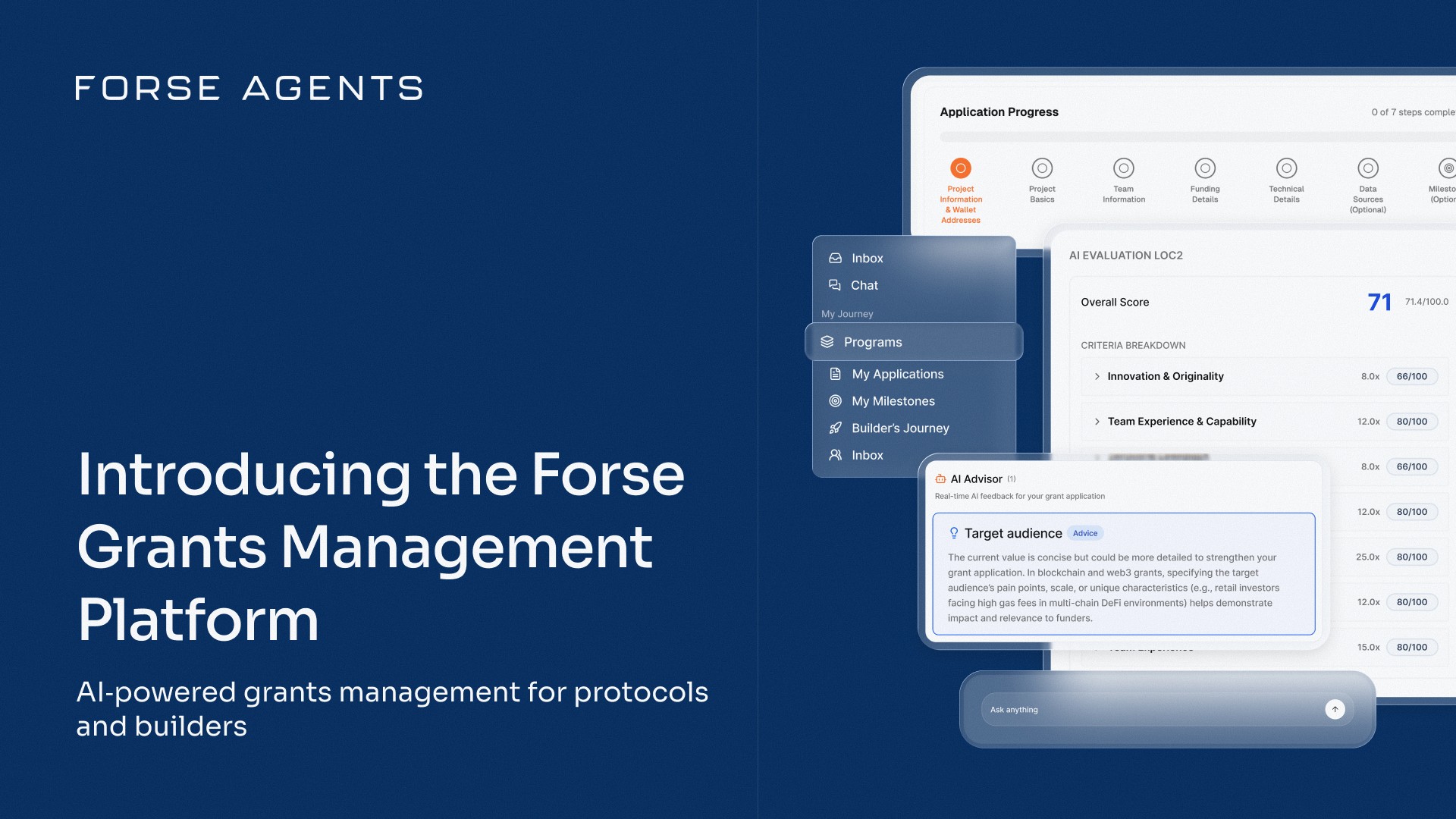What is Quorum?
TL;DR
Historically, quorum is the minimum number of people that must be assembled to validate a group proceeding. In the context of DAOs, a clear threshold of voter participation that legitimizes a specific action or decision.
A Brief History of Representative Context
The term comes from the eponymous Latin word meaning "of whom." The first recorded usage of the term in the context of meetings was in the 16th century. Initially, quorums were used in parliamentary systems to ensure that a sufficient number of members were present to conduct business. Over time, the concept of quorum was adopted by various organizations, including corporations, government bodies, and religious organizations, to ensure a minimum level of participation in meetings.
Today, quorums are used to govern the conduct of meetings and to ensure that decisions are made by a representative cross-section of the membership. In many organizations, the quorum is set out in the bylaws or other governing documents, and failure to achieve a quorum may result in the adjournment of a meeting or the delay of certain decisions.
In the context of DAOs, quorums are used in voting processes to ensure that a sufficient number of members have participated in order for the results to be considered valid. In a DAO, the quorum requirement is often set as a percentage of the total number of members or tokens held by members. This helps to ensure that the voting process is representative and that important decisions are made with the input of a significant portion of the membership. The concept as adapted for use in DAOs plays a crucial role in legitimizing the voting process.
Setting Quorum for a DAO
Governing Theory
The governing theory behind setting a reasonable quorum for a DAO is rooted in democratic principles and the desire to ensure that decisions made by the organization are representative of its members. The goal is to balance the need for a high level of participation in decision-making with the practical constraints of ensuring that the voting process is efficient and manageable.
In general, a reasonable quorum for a DAO is set as a percentage of the total number of members or tokens held by members. The exact percentage is determined based on several factors, including the size of the organization, the complexity of the decisions being made, and the desired level of participation in decision-making. A higher quorum percentage may be set for important or complex decisions to ensure that a larger cross-section of the membership has a say in the outcome. The quorum should be set high enough to ensure that the voting process is representative of the entire membership, but not so high that it becomes difficult or impossible to reach.
Potential Energy
If we agree a result is legitimized by the totality of representative group participation and the group participates below the threshold of legitimized action, the practice is akin to polling. As the total number of voting tokens or parties increases, the likelihood of executive action increases, resulting in increasing voter interest in-process.
We can think of quorum as the point at which we shift from consideration to conviction, or where pessimistic governance shifts to optimistic governance, now requiring those with negative conviction to either vote or activate other voters if the severity of proposal impact is high enough.
Kinetic Energy
What does quorum unlock: group resources, a new product offering, or perhaps a full organizational overhaul? Answering this often provides the best starting point for deciding the sizing of the parameter that helps keep static low and context high in decisions that can move the whole DAO. Answering some questions prior to setting quorum will help:
Who specifically is responsible for execution and can they impact the decision, or veto?
What concentration of whale and long-tail voters can surpass quorum? For example if quorum is 5% calculate the number of largest holders to surpass threshold and the number of smallest (above dust levels). If you have voting records the data may be useful, but restrictive quorum parameters will mute negative whale sentiment until that threshold is approached, so be aware that changing the parameter will change voter incentives outright.
What resources are being converted and how? A grant to an external party may require nearly no work by a DAO or protocol governors, but an integration with the code-base would. Consider that the impact of a positive voting result may require labor and other resources that a DAO is not well-equipped to provide. Be sure to set a reasonably high quorum for endeavors that require labor resources, or make use of ‘departmental’ approval (or both).
Practical Considerations when Setting Quorum
As a mechanism to legitimize a result, as opposed to sufficient context to begin an in-person debate, the use of quorum is evolving. It is best to adjust quorum iteratively using the following guide:
Size of the Organization: The size of the DAO will have an impact on the quorum requirement, with larger organizations generally requiring a higher quorum in order to ensure that decisions are representative of the entire membership.
Complexity of Decisions: The complexity of the decisions being made by the DAO will also impact the quorum requirement. For important or complex decisions, a higher quorum may be set to ensure that a larger cross-section of the membership has a say in the outcome. For example technical integrations or deployments may warrant a higher quorum threshold.
Encouragement of Participation: The quorum should be set in a way that encourages members to participate in the voting process and have their voices heard. This may mean setting a lower quorum for certain decisions or offering incentives for participation.
Balance between Representativeness (Context) and Efficiency: The quorum should be set to balance the need for a high level of participation in decision-making with the practical constraints of ensuring that the voting process is efficient and manageable.
Technical Feasibility: The technical feasibility of reaching a particular quorum requirement must also be taken into account. For example, if the voting process is done through a smart contract, the quorum requirement may need to be adjusted based on the technical limitations of the platform.
Membership Turnover: The rate of membership turnover should also be considered when setting the quorum. If the membership is constantly changing, it may be necessary to adjust the quorum to account for this.
If unsure whether a given quorum appropriate, consider adding a veto mechanism to protect against low quorum, and/or a clear rerun process for critical votes subject to quorum failure. These considerations are based on the need for contextual sufficiency and the desire to ensure that decisions made by the organization are representative of its members; not discussed is the use of quorum to intentionally stifle long-tail voter participation.
Adjusting quorum is a dynamic process as the threshold will impact a given voter’s motivation to register a vote. Quorum is not a veto, departmental approval, or a passing threshold. There are many tools in the group-decision-making toolkit and quorum is powerful, but it has significant limitations that are being tested in DAOs daily.
The Future: Self-Balancing Quorum Mechanisms
As discussed thus far, quorum is a static value that can impact the motivations of voters, but what if quorum could adjust depending on the demonstrated conviction of voters in-process? How would this be achieved? Aragon uses a process called conviction voting where the weight of a cast vote gains weight over time. Holographic consensus can leverage betting and prediction markets to influence a dynamic quorum threshold.
Some of the earliest attempts to implement a dynamic quorum were at The Index Cooperative and Nouns DAO. In these cases, opposing votes would increase the quorum threshold, meaning that as the diversity of binary opinions registered increases, an increased amount of group contextual participation would be required to address the lack of clear alignment at lower participation levels.
Replacing a variable with a short line of code seems to be the leading edge of automations in human self-governance, for now. Bacteria have used the ability of an individual to sense relative number to group advantage for over a billion years, and our human ability to register and query useful p2p state data is increasing daily; likely meaning that in a tech-enabled group-governance sense we’re (only just) about to surpass single-cell organisms.
StableLab is eager to explore these and other governance mechanism design topics in theoretical and applied settings. By using Forse, our DAO analytics and intelligence platform, in concert with OXCART, an Arbiturm and Thrive funded voting experiment, we hope to help recontextualize the nature of quorum in order to make decisions that are both faster and more broadly supported than previously possible.
Share with your friends:








